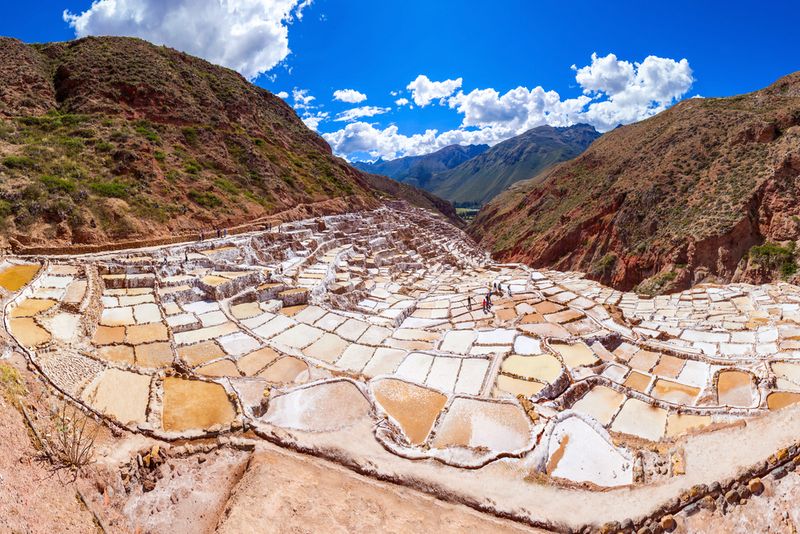Thirty thousand years ago, humans became the last standing human species. Our sister species, Homo neanderthalensis, had held on the longest of all the others, but at last it too was gone. Only Homo sapiens remained. The fate of Neanderthals is the closest we’ll ever get to knowing what it looks like when a human species is driven to extinction (without actually going extinct ourselves, that is). So, what happened?
The rest of this article is behind a paywall. Please sign in or subscribe to access the full content.It's a grisly tale, and one that’s perhaps best captured by a story that features in BBC Studios’ new series Human, presented by palaeoanthropologist Ella Al-Shamahi. In it, she visits many important fossil sites that tell a different part of the human story, but it was one from northern Spain that captured executive producer Paul Overton’s attention.
“The one that stands out the most to me is probably the darkest one: the El Sidrón Cave, which tells the story of the demise of the Neanderthals,” Overton told IFLScience. “They found the remains of 13 family members murdered who had also been cannibalized, and there's evidence of inbreeding, too.”
“It's a pretty sombre place, and a pretty morose story, but [I find it] incredible that this story has been discovered and captured. When we found out about it, we were just like, ‘that's insane’, and the people who knew about the site, they were just so invested in what they'd found.”
Known as the "Tunnel Of Bones", the El Sidrón Cave was once a vital habitat for Neanderthals trying to survive the Ice Age, something we Homo sapiens weren’t able to do as we went extinct in Europe while the Neanderthals endured. However, it wouldn’t last.
It was a caver who first alerted archaeologists to El Sidrón Cave after discovering a human jawbone while spelunking. Scientists later found 2,500 Neanderthal bones all in one place, the remains of 13 Neanderthal individuals of different ages and sexes, which genetic studies confirmed were a family.
Their deaths were far from natural. Cracked skulls and precise cuts show that they died violent deaths at the hands of another Neanderthal group, and then things got even worse. The bones had parallel cut marks on them, the kind made by humans when cutting meat from the bone. Further evidence of cannibalization is seen in the fact some bones were broken to access the gooey marrow, and we all know how much Neanderthals loved fat.
Life was hard for this Neanderthal family even before they got eaten. They had congenital anomalies, like retaining their baby teeth and holes in their vertebra. All signs that inbreeding between related individuals was driving an uptick in defects that would’ve affected their health. Professor Marco De La Rasilla Vives of the Universidad de Oviedo described it to Al-Shamahi as a “silent killer” that passed along generations, weakening an already dwindling species.
Then, to make matters even worse, a species that had once gone extinct in the region makes a comeback: Hello again, Homo sapiens. What came next was a lot of competition for resources and interbreeding that reduced them to a handful of distinct Neanderthal populations until, after 400,000 years on this Earth, they were gone. It makes for a harrowing tale, but you’ve got to admit, it’s one hell of a story.
“The fact that it's a family group that were killed, you can relate to that, and it just immediately hits you,” said Overton. “It also really lands the state of Neanderthals at that point, that they were eating each other and the numbers were so low that inbreeding meant they had these genetic deformities, which just shows there were a population on the decline.”
“So, it's always stuck with me, and then when they filmed it, it's just so bloody moody. The whole place has just got an incredible atmosphere. It's just a haunting place, but one that has such a big story to tell.”
Want to find out more about the Tunnel Of Bones? The five-part series Human currently airs on Mondays at 9 pm on BBC Two in the UK (all episodes available on iPlayer). It premieres Wednesday, September 17, at 9 pm ET/8c on PBS, and will also be available for streaming at pbs.org/nova, NOVA on YouTube, and the PBS App.




